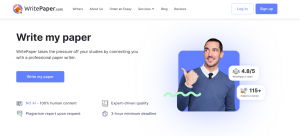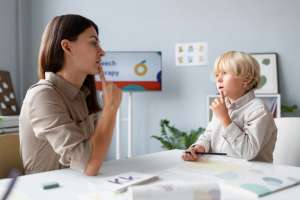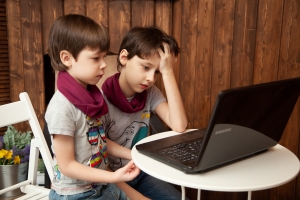In recent years, the synergy between schools and museums has given rise to an innovative educational trend: interactive museum exhibits. These dynamic displays are designed to captivate students, transforming historical and cultural lessons into immersive experiences.
Schools and museums have long been allies in education, but the advent of interactive exhibits has taken this partnership to new heights. How can this innovative school program enhance classroom learning?
Enhancing Classroom Learning
Interactive museum exhibits serve as a powerful extension of classroom learning. The program can enhance the educational experience in the following ways.
Engagement
Traditional lectures and textbooks can sometimes fail to capture students' interest. Interactive exhibits, with their hands-on activities and multimedia displays, keep students engaged and motivated to learn.
Real-World Connections
By presenting historical artifacts, cultural displays, and scientific models, museums help students make connections between what they learn in the classroom and the real world. This contextual learning deepens their understanding and retention of the material. A good example is the Presidential Gifts Hall of Qasr Al Watan where guests have an opportunity to view, up close, the unique diplomatic gifts the UAE has received. The artifacts present students a way to learn more about each nation’s culture.
Critical Thinking
Interactive exhibits often pose questions and challenges that require students to think critically and problem-solve. This not only reinforces their learning but also develops essential cognitive skills.
Beyond enhancing classroom learning, interactive museum exhibits offer several other benefits:
- Inclusivity: These exhibits can cater to various learning styles, from auditory to kinesthetic learners, making education more inclusive.
- Community Engagement: Schools and museums working together foster a sense of community. Students, teachers, and families can all participate in museum events and programs, strengthening community ties.
- Lifelong Learning: By making learning fun and interactive, these exhibits encourage a lifelong love of learning. Students who have positive educational experiences in museums are more likely to love learning as adults.
Implementing School Programs
Integrating interactive exhibits into the school curriculum requires thoughtful planning and collaboration. Consider the following steps to effectively implement your program.
1. Identify Objectives
Define your educational goals before reaching out to a museum. Some key objectives might include:
- Enhancing Historical Knowledge: Providing students with a deeper understanding of specific historical periods or events.
- Developing Critical Thinking Skills: Encouraging students to analyze and interpret historical data and artifacts.
- Fostering Empathy and Cultural Awareness: Helping students appreciate the lives and cultures of people from different countries or eras.
- Promoting Active Learning: Engaging students in hands-on activities that make learning more dynamic and memorable.
By clearly outlining these objectives, your school can ensure that the program is focused and effective.
2. Collaborate on Program Design
Successful programs are built on strong partnerships between schools and museums. To design a program that meets educational standards and student needs, consider the following:
- Curriculum Alignment: Work with museum educators to align activities and topics with the school curriculum. This ensures that the program supports classroom learning.
- Customized Activities: Tailor activities to the age group and learning levels of students. Younger students might enjoy simple hands-on crafts, whereas older students could engage in complex reenactments or historical debates.
- Interdisciplinary Approach: Integrate history with other subjects such as art, science, and literature to create a holistic learning experience.
3. Plan Field Trips and Workshops
Regular visits to the museum and in-school workshops can greatly enhance the learning experience.
- Field Trips: Organize visits to the museum where students can immerse themselves in historical settings. These trips should be well-structured, with clear objectives and activities planned in advance.
- In-School Workshops: Invite museum educators to conduct workshops at the school. These can include artifact handling sessions, craft workshops, or interactive lectures.
4. Use Technology
Incorporating digital resources can complement in-person experiences and make history accessible to all students.
- Virtual Tours: Many museums offer virtual tours that can be used when physical visits are not possible. These tours can be interactive, allowing students to explore exhibits and ask questions in real-time.
- Online Resources: Use digital archives, videos, and interactive modules provided by the museum to supplement classroom learning.
- Blended Learning: Combine in-person activities with online assignments, such as research projects or virtual discussions, to create a comprehensive learning experience.
5. Evaluate and Reflect
Continual assessment and reflection are crucial to ensure your program's effectiveness and allow you to make necessary improvements.
Gather feedback from students, teachers, and museum staff through surveys, discussions, and observation. Evaluate students' learning outcomes through quizzes, essays, or presentations based on their experiences. Then, perform a program review, determining its success in meeting objectives and make adjustments as needed.
The collaboration between schools and museums is a shining example of how education can be effective and enjoyable. Interactive exhibits breathe life into historical and cultural topics, making them accessible and engaging for students. Enhance classroom learning through interactive museum exhibits, and shape a new generation of enthusiastic learners, curious thinkers, and engaged citizens.






